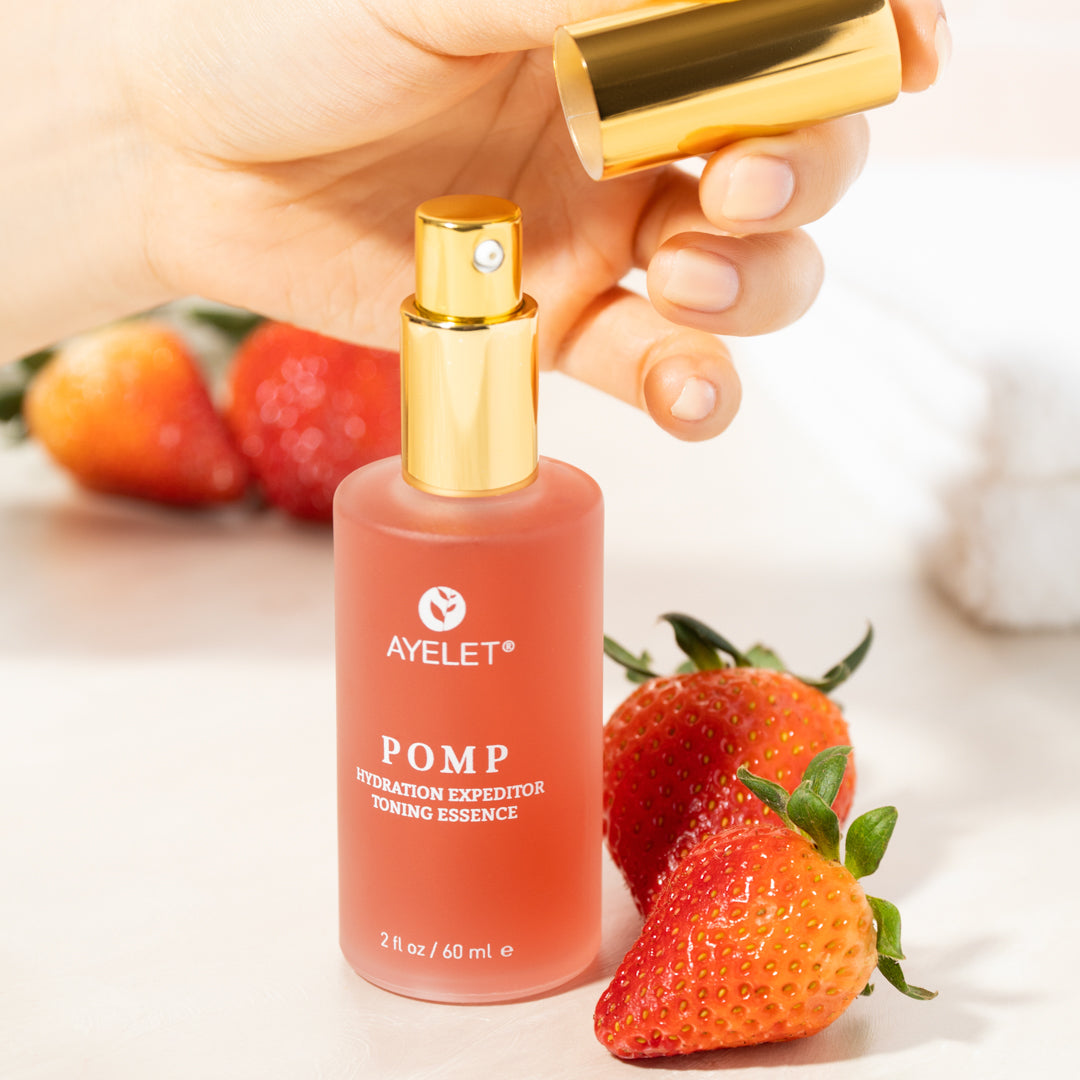Our skin is more than just a barrier. It is a dynamic, living ecosystem home to trillions of microorganisms bacteria, fungi, viruses, and mites, collectively referred to as the skin microbiome. This invisible community plays a vital role in the health, resilience, and appearance of our skin. Increasingly, science is revealing how changes in the microbiome are closely tied to the aging process both on the surface and beneath it.
This blog explores the connection between the skin microbiome and aging, its underlying mechanisms, and how we can support microbial balance to promote healthier, more resilient skin over time.
Understanding the Skin Microbiome
The skin microbiome exists across the entire surface of the body, with each area hosting a unique microbial population influenced by its moisture level, sebum production, and exposure to the environment. These microbes do not just coexist with us; they actively participate in:
-
Strengthening the skin barrier
-
Balancing pH and moisture
-
Regulating immune response
-
Protecting against pathogenic invaders
A well-balanced microbiome is fundamental to maintaining healthy, youthful-looking skin.
Microbiome Shifts With Age
As skin ages, structural and functional changes occur in the epidermis and dermis. Collagen and elastin fibers degrade, barrier lipids decline, cell turnover slows, and hydration is diminished. These changes affect the microbial environment, leading to:
-
A reduction in beneficial commensal microbes
-
Increased microbial diversity, often associated with barrier impairment
-
Higher colonization of opportunistic or pro-inflammatory species
These shifts can weaken the skin's defenses and increase its vulnerability to environmental aggressors, chronic inflammation, and accelerated signs of aging.
Inflammaging and the Microbiome
One of the key features of biological aging is “inflammaging”a term used to describe low-grade, persistent inflammation that accumulates over time. The microbiome plays a dual role here. When in balance, it helps regulate immune function and suppress unnecessary inflammation. However, when imbalanced (a state known as dysbiosis), the microbiome can become a trigger for inflammatory responses.
Chronic inflammation contributes to the breakdown of collagen, elastin, and other vital proteins that maintain firmness and elasticity. It can also impair the skin’s ability to heal and regenerate, resulting in deeper lines, uneven texture, and thinning of the dermis.
Scientific Insight
Emerging research shows that changes in the skin microbiome, particularly in diversity and composition, are closely linked to visible signs of aging such as wrinkles, reduced hydration, and weakened barrier function. As we age, our skin’s microbial environment evolves, and scientists are now using this information to better understand, and potentially predict how skin ages over time.
The Gut–Skin Axis
The relationship between the skin microbiome and skin aging is also influenced by the gut. Known as the gut–skin axis, this internal pathway connects the gastrointestinal tract with skin health. A balanced gut microbiome supports systemic anti-inflammatory functions and produces short-chain fatty acids and other metabolites that help modulate skin health from within.
Conversely, gut dysbiosis, commonly caused by poor diet, stress, medications, or environmental toxins, can promote inflammation and oxidative stress, which in turn can exacerbate skin aging. Supporting the gut microbiome can therefore have visible benefits for the skin over time.
Mechanisms Linking Microbiome and Skin Aging
The connection between the microbiome and skin aging can be understood through several key mechanisms:
-
Barrier integrity: Beneficial microbes reinforce the skin’s barrier by stimulating the production of ceramides and antimicrobial peptides. A disrupted microbiome undermines this process.
-
Immunomodulation: The microbiome educates immune cells in the skin, helping them respond to harmful stimuli without overreacting. In aging skin, this balance often shifts toward a pro-inflammatory state.
-
Metabolite production: Microbial byproducts, such as short-chain fatty acids and urolithins, play important roles in maintaining epidermal health, hydration, and repair. Aging alters microbial activity and can reduce the availability of these beneficial compounds.
-
Environmental interactions: The microbiome is affected by and reacts to external stressors such as UV radiation, pollution, and oxidative damage, all of which accelerate visible aging.
How to Support a Healthy Skin Microbiome as We Age
Maintaining a healthy, balanced microbiome is a foundational step in preserving the skin’s structure and appearance. Here are evidence-based approaches to support microbial balance:
1. Use gentle, microbiome-friendly skincare
Harsh surfactants, over-exfoliation, and frequent stripping of oils can disturb the microbial ecosystem. Opt for pH-balanced cleansers and products formulated without unnecessary fragrances or alcohols. Moisturizers rich in barrier-supporting ingredients like ceramides, fatty acids, and plant-based lipids can also help preserve microbial harmony.
2. Incorporate prebiotics, probiotics, and postbiotics
Topical products containing these bioactive ingredients may help nourish beneficial microbes or introduce strains that support skin health. While still an emerging field, preliminary studies suggest that formulations with specific probiotic lysates can improve hydration and reduce inflammatory markers.
3. Support the gut–skin axis through nutrition
Fermented foods, (Although not recommended for everyone, consult with a healthcare professional or registered dietitian), or focus on diet rich fiber to provide rich in probiotics that feed the beneficial bacteria already present in your gut. Polyphenols (from berries, green tea, olive oil), and omega‑3 fatty acids can enhance microbial diversity in the gut and benefit the skin indirectly. Avoiding ultra-processed foods, added sugars, and alcohol helps reduce systemic inflammation.
4. Manage stress and sleep
Chronic stress can alter the gut and skin microbiomes, elevate cortisol, and increase inflammation. Meditation, mindful movement, and quality sleep are vital components of a holistic approach to slowing skin aging.
5. Avoid overuse of antibiotics
Both oral and topical antibiotics, while sometimes necessary, can disrupt microbial balance significantly. When possible, opt for targeted treatments that minimize collateral damage to commensal bacteria.
Looking Ahead
As research evolves, we’re moving toward a more personalized understanding of skin aging. Microbiome-based diagnostics, such as microbial mapping and “Facial Aging Index” models, may soon allow individuals to receive skincare recommendations tailored to their unique microbial profiles.
At the same time, brands and formulators are exploring new prebiotic and post-biotic technologies, innovative fermentation extracts, and strain-specific probiotics designed to promote skin health and longevity from the outside in.
Final Thoughts
The microbiome is an essential, often overlooked factor in skin aging. Its influence reaches beyond the surface intertwining with immunity, barrier function, and systemic health. By supporting a balanced microbial ecosystem through both topical care and internal wellness, we can foster skin that not only looks healthier but is more resilient and vibrant at every age.


